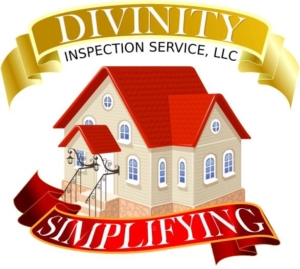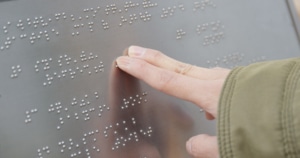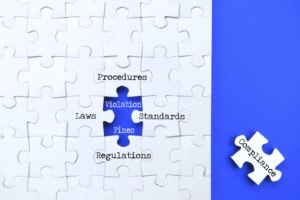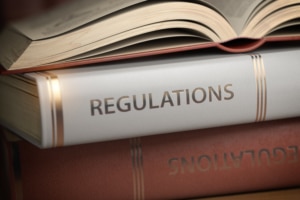Commercial Building Inspection: Accessibility Issues
Commercial building accessibility issues are a hot topic in the United States right now.
With new laws and regulations popping up all the time on a national and state-wide level, it’s more important than ever to ensure your business is accessible to everyone. This is not only from a legal standpoint, but also so you can open your business to customers from all walks of life.
This guide will take you through everything you need to know about accessibility in commercial buildings, from the most common issues to keep an eye out for and how to ensure your commercial building is as accessible as possible.
What does commercial accessibility mean?
Accessibility, in a nutshell, refers to the ease with which people of all abilities can access and use a space.
That means accessibility issues could include things like a lack of wheelchair accessibility, Braille signs for the visually impaired, and audio assistance that’s clear and easy to understand for people with hearing impairments.
The goal of accessibility is to make sure that everyone can enjoy your commercial space equally without having to worry about obstacles getting in their way or the environment disabling them.
Why is addressing accessibility issues so important?
There are a few key reasons why accessibility is so important in commercial buildings and why it’s something you need to consider.
For one, and perhaps most importantly, it’s the law.
The Americans with Disabilities Act (ADA) requires that all commercial buildings be accessible to people with disabilities and that accessibility issues are addressed, so people aren’t discriminated against.
But accessibility isn’t just about following the letter of the law. It’s also about ensuring your business is open to everyone, regardless of their ability level.
Think about it this way: if your building is inaccessible, you could miss out on a whole group of potential customers who simply can’t enter your space.
What’s more, accessibility can also make your business more efficient. If you have a well-designed accessibility plan in place, it can actually help you save time and money by streamlining things like customer flow and traffic patterns.
What are some common accessibility issues in commercial buildings?
There are a few accessibility issues that tend to crop up more often than others in commercial buildings.
One of the most common accessibility issues is a lack of wheelchair accessibility. This can be anything from a lack of ramps or lifts to a failure to provide adequate wheelchair-accessible bathrooms.
To resolve this, you don’t have to conduct a large-scale project to install ramps around your building. Instead, investing in removable ramp equipment, such as the ramps trains use, is both functional and budget-friendly.
To address the accessibility issue of a lack of Braille signs or other accommodations for the visually impaired, simply researching where the key parts of your business is and installing signage is all it takes to become accessible.
How to improve your commercial building accessibility?
With all this in mind, it’s worth remembering that every commercial building is different, and what you need in your building may vary from another business. This is why it’s important to consider using a property inspection service.
A professional service will be able to identify any accessibility issues in your commercial building and help you create a plan to address them.
Here at Divinity Inspection Services, our team of experts, who are familiar with all the latest accessibility laws and regulations, will thoroughly inspect your space and identify any potential accessibility issues. We’ll then provide you with a comprehensive report detailing our findings and outlining recommendations for how
Don’t wait to get started on improving your commercial building accessibility — contact us today to schedule your inspection!










